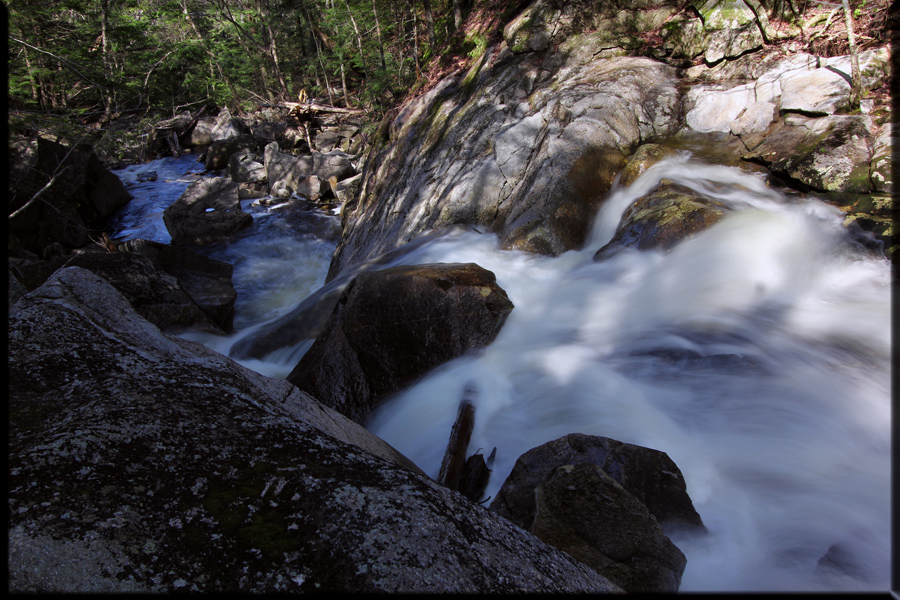NeoAkela
Active member

(What lies far upstream on Davis Brook in Crawford Notch? Keep reading below to find out….)
It may be of little interest to most folks, but I've always been intrigued by the quantity of White Mountain features that appear in old guide books, old maps, and old publications... some dating back into the 1800s. Features that, for some reason, are no longer mentioned in today’s guides, no longer marked on modern maps.
Have we become so jaded over the years so that we no longer marvel at the cascade that used to attract tourists and locals alike? When a trail becomes overgrown and fades into disuse, is there no one to jump in and save it before it fades into obscurity? Though, perhaps these features were of little significance, and only overly-romanticized by the simpler folks of those days. By today's standards, perhaps, they do not measure up.
Whatever the reason, each year I find a newborn passion to seek out a few of these "forgotten" places and let people decide for themselves. Often, results are somewhat disappointing, and I understand why such a place has faded quietly into the past. But sometimes, I find a pleasant surprise.
* * *
So…. first on my long list of places to visit in 2012 was long-forgotten Jackman Falls. This series of cascades on Jackman Brook in North Woodstock is mentioned in Ida and Walter James' excellent "Our Mountain Trips". They describe a marked trail heading into the woods near Aggasiz Basin back in 1905.
This turned out to be a rather pleasant trip. I had a friend help me spot a car at the junction of rte 112 and 116, then drop me off at the trailhead for the abandoned Mount Cilley trail. A short bushwhack took me down to Jackman brook, which I followed downstream. Within a short while, the brook dropped significantly over the next half mile, passing by many interesting drops and cascades. This series of falls was not overly beautiful – more boulders than carved ledges - but it still had a wonderful charm and is well worth a visit. Alongside the brook are many huge glacial erratics which also have much to offer the off-trail wanderer.

(An interesting ledge which created a three-sided waterfall)

(Looking down from the top of another big drop)

(Another nice fall further down the brook).
* * *
Next, a few trips to some “local” spots that I had read or heard about over the years. First up was “Moose Falls”, located just outside North Woodstock. Small, yet very pretty:

* * *
Next on my list of local spots was the “Mini Flume”, which was discovered by my father back in the 80’s. A miniature version of its larger cousin in Franconia Notch, the Mini Flume is quite a cool place, with walls about 20 feet high. On previous visits I have found the flume completely dry, while a nice brook and cascade flowed nearby. On this trip, however, I found that Irene had completely re-routed the brook, sending it once again surging through the flume as it once had long ago! Quite amazing!

* * *
A story told to a friend by a co-worker about wandering in the woods during the early South Mountain construction days back in the 1980’s led us to yet another little-known drop – quite a nice little spot deep in the forests of Lincoln:



……..continued
Last edited:













